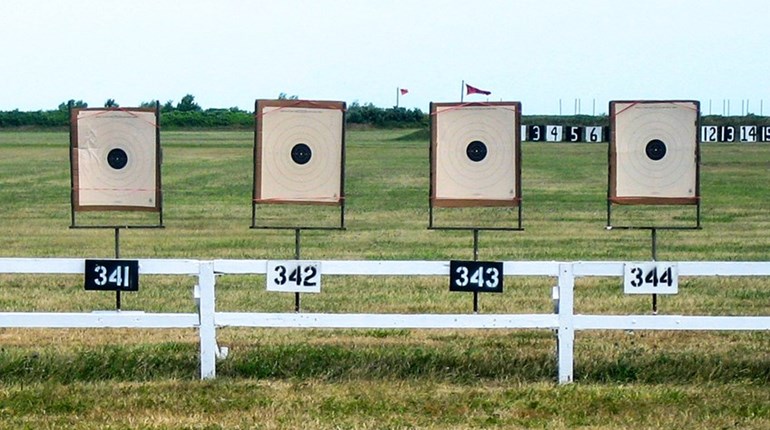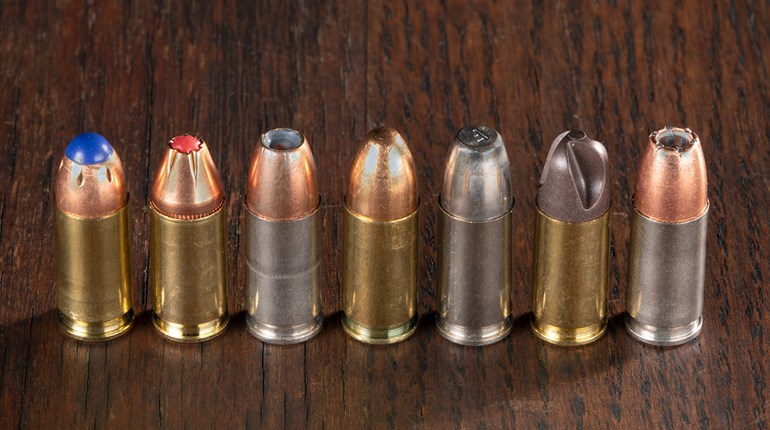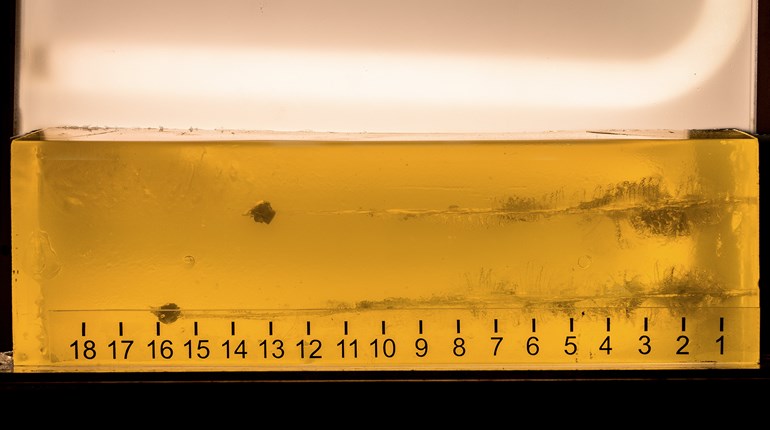
As shooters, one of the things we value most is the ability to deliver an accurate shot. Whether our target is paper, wild game or a threat to us, accuracy matters. We spend countless hours practicing (or should) and boatloads of money to have the very best rifle, optic and bullet combination we choose to afford to do this very thing: be accurate.
Yes, accuracy matters. But, it isn’t the only bullet-performance characteristic we should consider. For many of us, the bullet’s job is only partially complete when it arrives at its intended target. We need our bullet to expand and penetrate as well. In accuracy, one term we have saturated ourselves with is (barrel) twist rate, and rightfully so. However, twist rate does more than influence a bullet’s accuracy. Much more. One little-known fact is that barrel twist rates influence bullet expansion and penetration, too.
How? Why? I’ve got answers for you, thanks to a conversation I had with Remington’s ballistics experts Dave Schluckebier, Senior Principal Engineer – R&D and Nick Sachse, Director of Product Management – Ammunition. Both men are mechanical engineers by education with 58 years combined experience in ammunition design and development.
Let’s first learn some basics for those of us who need to know or be reminded about what twist rate in a barrel is and does to bullets in the first place. The rifling inside a barrel makes a bullet more stable, and therefore more accurate. To speak technically, these Remington engineers tell us that “a bullet needs to spin at a specific rate to become stable for the specific bullet geometry. Spin at a specific rate creates a gyroscopic force that creates an opposing moment to the overturning moment caused by the aerodynamic pitching moment coefficient.”
In other words, a proper spin rate keeps your bullet focused, so to speak, on the singular task of arriving at your point of aim and undistracted by opposing aerodynamic efforts to have the bullet pitch and yaw.
A twist rate which is too fast or too slow leads to your bullet possibly running amok, aerodynamically speaking. The Remington team explains it specifically: “when the bullet is spinning too slow, the bullet is under-stable and the bullet’s angle of attack with its line of trajectory will increase to a point of erratic tumbling. When a bullet is spinning too fast, the bullet becomes over-stable and can negatively affect dispersion since the gyroscopic induced force of precession is at right angles to the line of trajectory.”
The Remington team then gives us our first clue into a bullet’s spin rate and how it impacts the bullet’s ability to expand. “An unstable bullet will also not expand as predictably as a stable bullet due to the variation in forces acting on the nose of the unstable bullet when encountering targets.”
Simply put, if you don’t have the proper spin rate on your bullet then it may not arrive on target in the first place, and even if it does, the bullet may hit your target at an undesirable angle to the bullet design. Remember, bullets, even the expensive ones, are designed to hit their targets nose first. Bullets which hit angles too high or low, left or right, or even sideways aren’t going to perform as designed by the engineers. Twist rate is the aerodynamic discipline the barrel applies to a bullet’s behavior to ensure it performs the task we need whether it is simply accurate point-of-aim flight, or the additional terminal bullet work of the desired expansion and penetration of that same bullet.

While barrel twist rate is important in this aspect, there's another leading component of bullet design that's critical to bullet penetration: sectional density. What is sectional density? Remington engineers defined this as the bullet’s mass divided by the diameter squared. Simply put, for a bullet to keep its rate of penetration the same after it expands or “mushrooms” the mass behind that expansion has to increase with it.
Why? The new mushroomed bullet is wider now, so it needs more momentum to maintain the rate of penetration it started with when it hit its target. This is why many experienced hunters prefer heavy-for-caliber bullets, since these bullets will have a higher sectional density and therefore have better penetration versus lighter bullets of the same caliber.
So, sectional density matters a lot more than twist rates when it comes to bullet penetration performance. With this component, does barrel twist rate really do anything more beyond making sure the nose of the bullet is pointing straight? In short, yes. The Remington team explained:
"If a bullet jacket for a bonded bullet is on the stronger side, you could have a situation where it would still expand, and the increased spin could provide increased mushroom diameters using the strengthened petals. This has been seen in testing of bonded rifle bullets.”
What’s the bottom line? Barrel twist rates play a significant role in all bullet performance, not just accuracy. Once again Remington says it better than me: “Consumers should pay more attention to bullet selection rather than twist rate when it comes to maximizing penetration,” Remington said. “The twist rate should first be selected to maximize accuracy as that is a mandatory physical reality.” After all, great penetration of thin air won’t do anyone any good.
However, the story doesn't end there. As we know, barrels are available in a range of different twist rates, and sometimes, multiple twist rates can provide acceptable accuracy from the same ammunition. If you're faced with two choices of twist rates, is one better than the other for aiding bullet expansion? Sachse and Schluckebier explain:
“If two or more twist rates provide acceptable accuracy, the faster twist can, in general, result in greater expansion and less penetration than the slower twist rate for a given linear velocity for some bullet designs. Thus, if less expansion and more penetration is a desire, the slower twist rate could aid in achieving that result. As always, testing should be done with the actual firearm and ammunition you intend to use to see if the desired result is being achieved.”
Twist rates. Choose wisely.




































